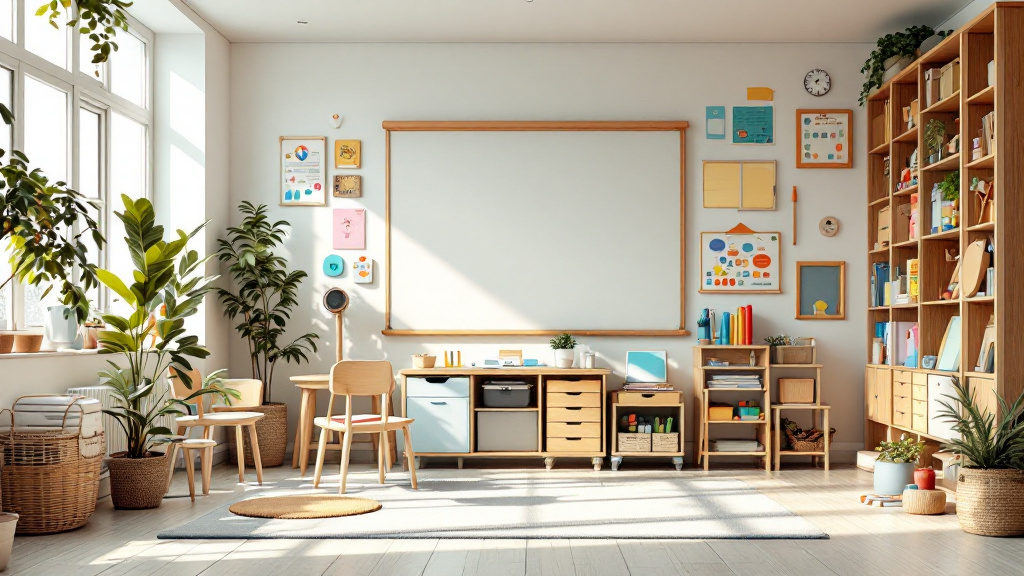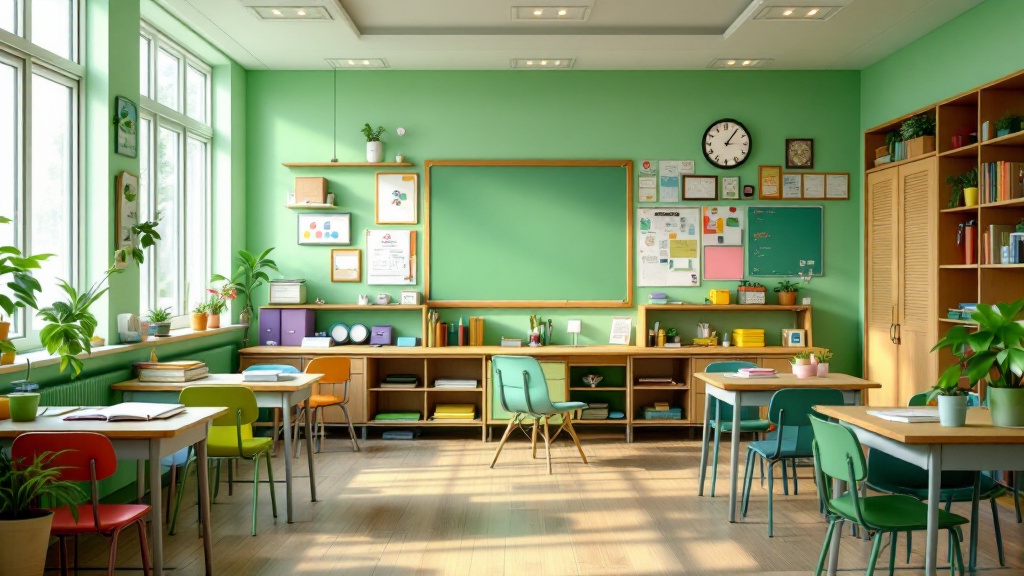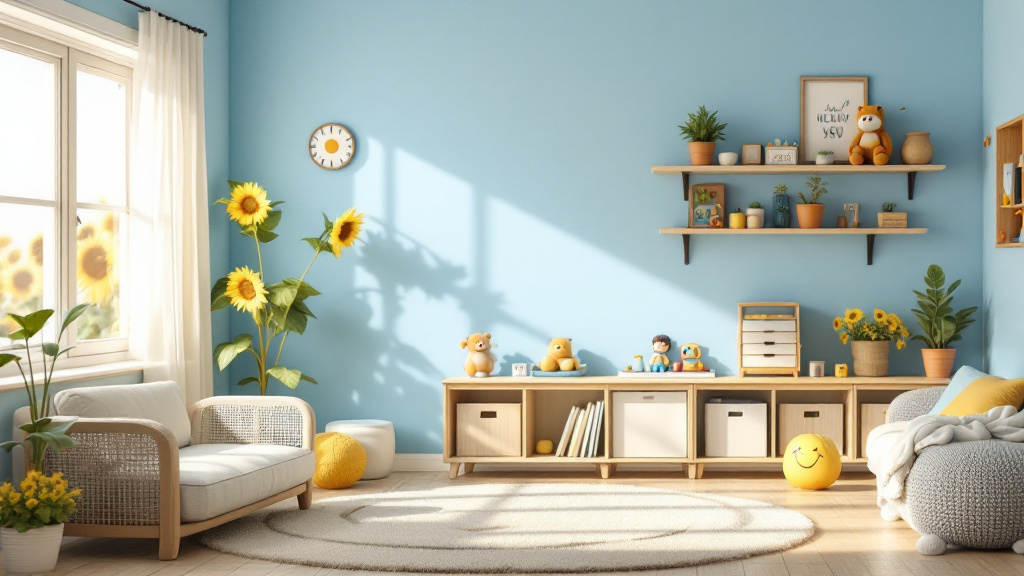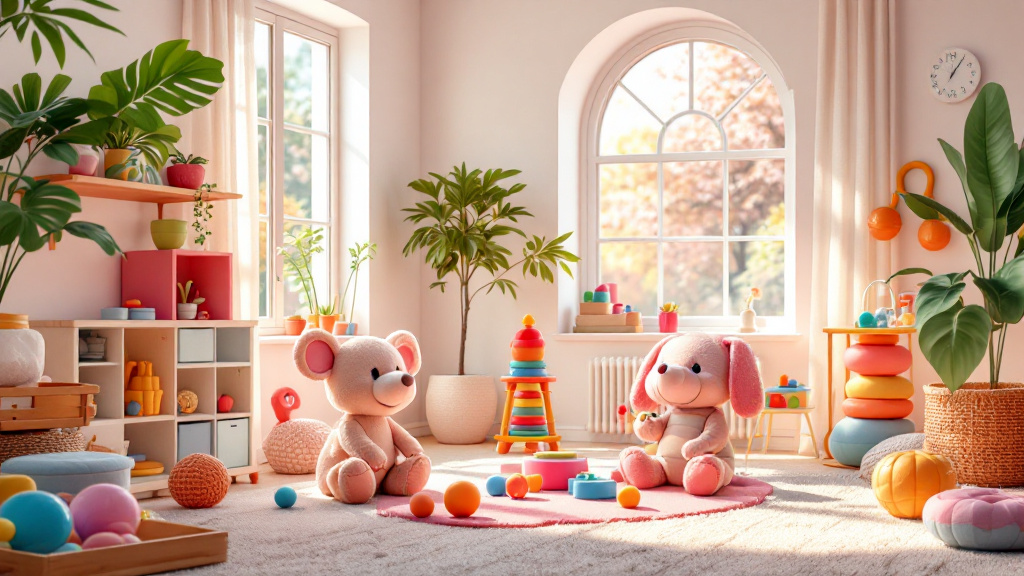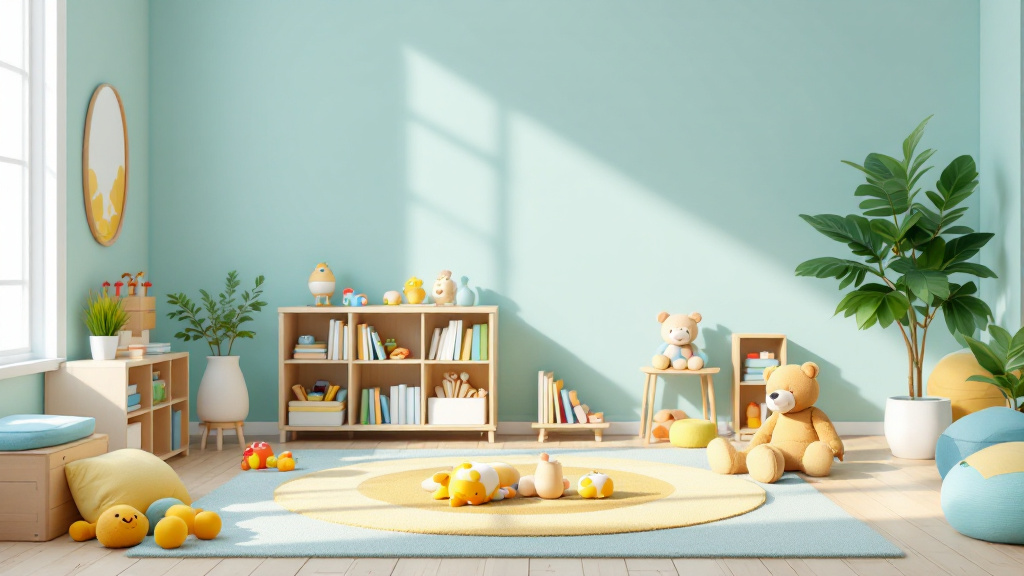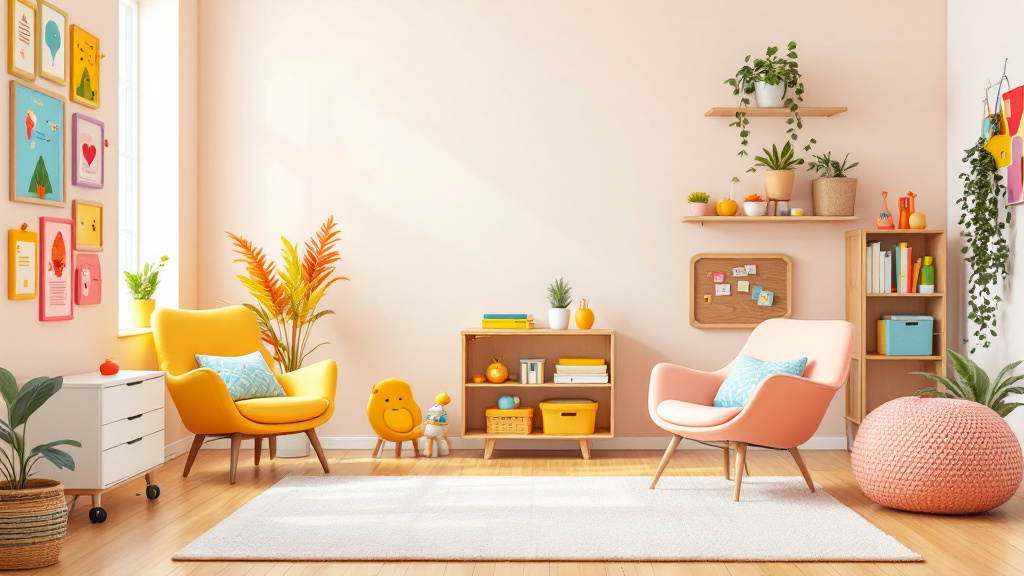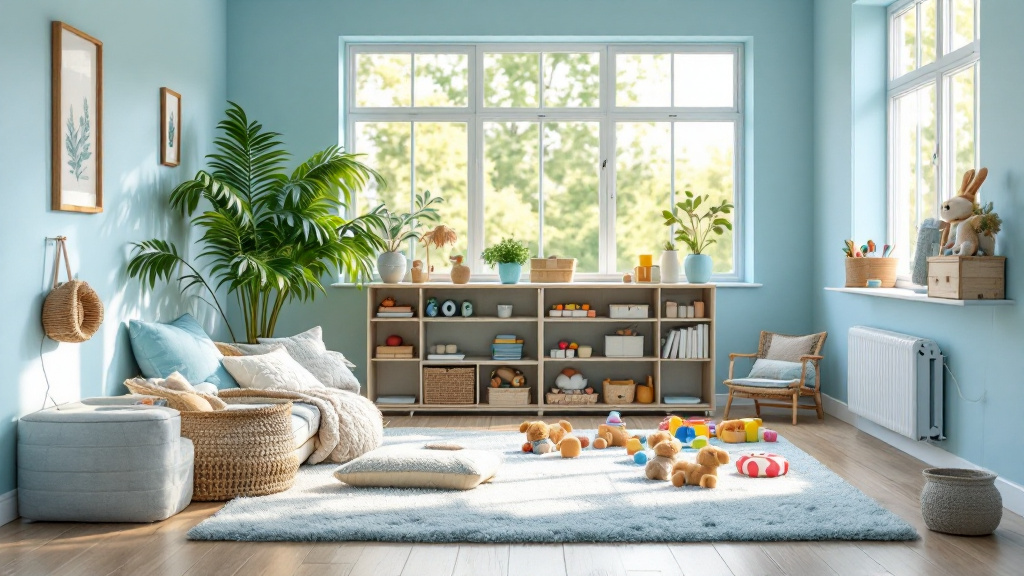Addressing Sensory Seeking in Autism
Unlock the power of addressing sensory seeking in autism. Discover effective strategies for empowering individuals on the spectrum.


Understanding Sensory Aversion in Autism
To better address the sensory aversion experienced by individuals with autism, it is important to understand the impact of sensory overload and the sensory sensitivities associated with autism.
Sensory Overload and Its Impact
Sensory overload is a term commonly associated with autism, as well as other disorders such as post-traumatic stress disorder (PTSD) and obsessive-compulsive disorder (OCD) [1]. It occurs when an individual's senses—sight, hearing, touch, smell, and taste—become overwhelmed by intense sensory stimuli, resulting in feelings of anxiety, a need to escape the situation, or difficulties in communication [2].
The impact of sensory overload can manifest in various ways, including self-harming behaviors such as head banging, ear-clapping, self-scratching, or self-hitting [1]. It is important to note that sensory overload is most commonly observed in autistic children and individuals with attention deficit hyperactivity disorder (ADHD), but it can also affect autistic adults, including those with low support needs.
Sensory Sensitivities in Autism
People diagnosed with an autism spectrum disorder (ASD) often have unusually delicate sensory systems, making them sensitive to their environments [1]. Sensory sensitivities can affect various senses, and individuals with autism may experience hypersensitivity or hyposensitivity.
- Hypersensitivity in Autism: Hypersensitivity refers to an increased sensitivity to sensory stimuli. Autistic individuals with hypersensitivity may find certain sounds, lights, textures, smells, or tastes overwhelming or even painful. For example, a seemingly ordinary sound like a doorbell or a fluorescent light buzzing may cause significant distress and discomfort.
- Hyposensitivity in Autism: Hyposensitivity, on the other hand, refers to a decreased sensitivity to sensory stimuli. Individuals with hyposensitivity may seek out intense sensory experiences or exhibit a reduced response to stimuli that would typically elicit a reaction in others. This can manifest as a need for strong tastes, deep pressure, or loud sounds to stimulate their sensory system.
Understanding these sensory sensitivities is crucial in addressing the sensory aversion experienced by individuals with autism. By recognizing and accommodating their unique sensory needs, we can create a more inclusive and supportive environment. To learn more about managing sensory overload and creating sensory-friendly environments, explore our articles on managing sensory overload in autism and creating a sensory-friendly environment.
In the following sections, we will delve deeper into the different types of sensory sensitivities, explore coping strategies and accommodations, and discuss various interventions to address sensory issues in autism.
Types of Sensory Sensitivities
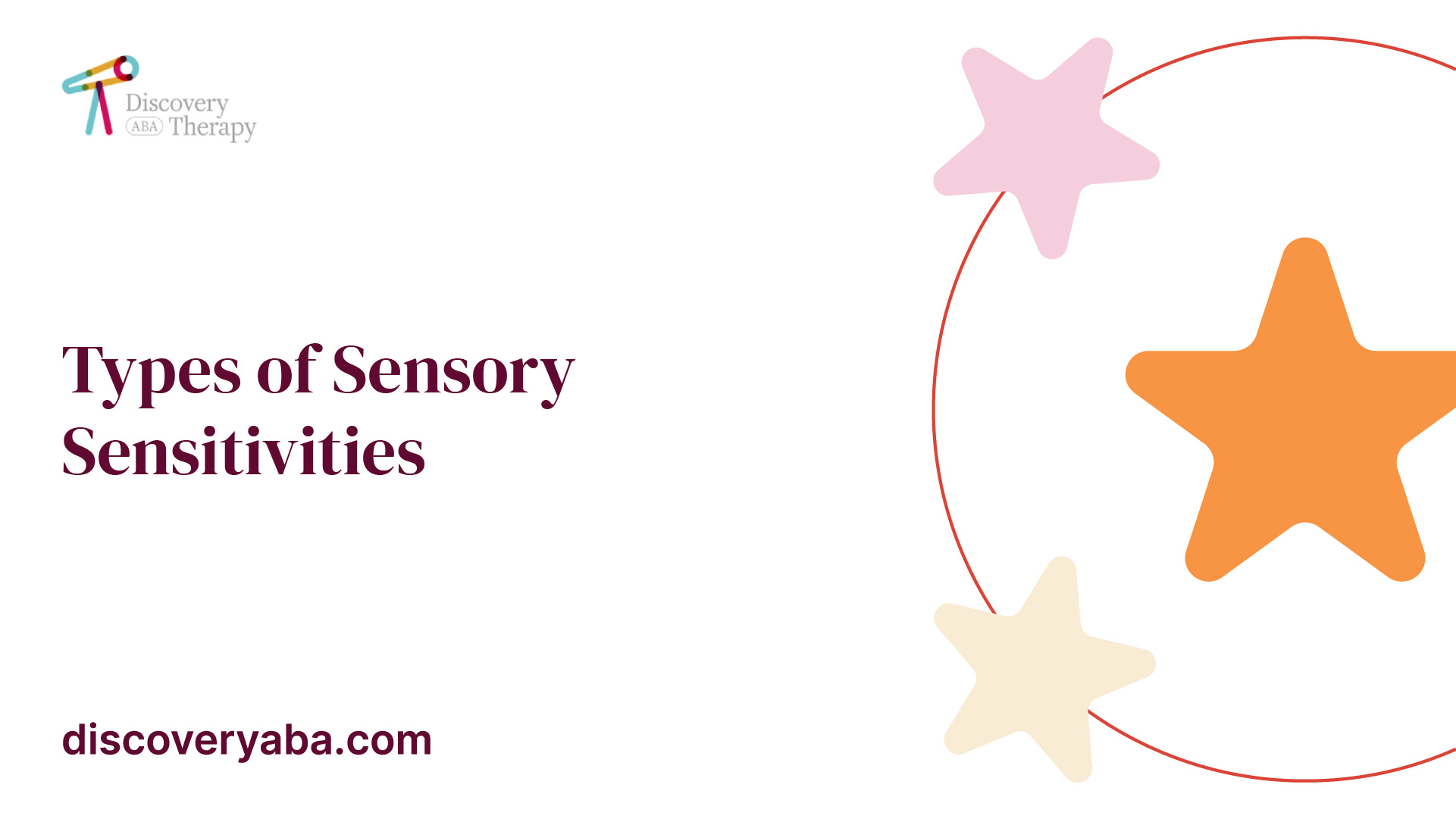
In autism, sensory sensitivities are common and can significantly impact an individual's experience. Autistic individuals can experience both hypersensitivity (over-responsiveness) and hyposensitivity (under-responsiveness) to various stimuli, often having a combination of both [2]. Understanding these types of sensory sensitivities is crucial for addressing sensory aversion in autism.
Hypersensitivity in Autism
Hypersensitivity, also known as sensory over-responsiveness, refers to an increased sensitivity to sensory stimuli. Many individuals with autism experience hypersensitivity to bright lights, certain light wavelengths, sounds, smells, textures, and tastes. These heightened sensory responses can lead to sensory avoidance behaviors, such as pulling away from physical touch, covering ears to avoid loud sounds, or avoiding certain clothing types [2].
Common examples of hypersensitivity include:
- Auditory Hypersensitivity: Individuals may find everyday sounds, such as loud noises or high-pitched sounds, overwhelming or painful. They may cover their ears, become anxious, or seek ways to minimize exposure to these sounds.
- Visual Hypersensitivity: Bright lights or specific visual stimuli can be distressing for individuals with hypersensitivity. They may experience discomfort, eye strain, or even physical pain in response to certain visual stimuli.
- Tactile Hypersensitivity: Some individuals may find certain textures or physical touch uncomfortable or painful. They may avoid certain fabrics, tags on clothing, or become distressed when touched.
Understanding and accommodating hypersensitivity is crucial in creating a sensory-friendly environment that minimizes distress and promotes well-being.
Hyposensitivity in Autism
Hyposensitivity, also known as sensory under-responsiveness, refers to a reduced sensitivity to sensory stimuli. Autistic individuals with hyposensitivity may have difficulty recognizing or responding to sensory input, leading to sensory-seeking behaviors [2]. This can manifest as a constant need for movement, difficulty recognizing sensations like hunger or pain, or attraction to loud noises, bright lights, and vibrant colors.
Common examples of hyposensitivity include:
- Proprioceptive Hyposensitivity: Individuals may seek out intense physical sensations, such as jumping, spinning, or crashing into objects, to obtain the sensory input they need. This helps them regulate their sensory experiences and feel grounded.
- Vestibular Hyposensitivity: Some individuals may crave constant movement or engage in repetitive behaviors such as rocking or spinning to stimulate their vestibular system and feel more balanced.
- Oral Hyposensitivity: Individuals may seek out intense tastes or textures by chewing on objects, preferring spicy or crunchy foods, or showing a lack of sensitivity to temperature or pain in the mouth.
Accommodating hyposensitivity involves providing appropriate sensory input and allowing individuals to engage in sensory-seeking behaviors in a safe and controlled manner. This can be done through activities like sensory integration therapy or creating an environment that offers various sensory experiences.
Understanding the unique sensory sensitivities and processing tendencies of individuals with autism is essential for addressing sensory aversion. By recognizing and accommodating hypersensitivity and hyposensitivity, we can create environments and interventions that promote a better sensory experience for individuals with autism.
Managing Sensory Challenges
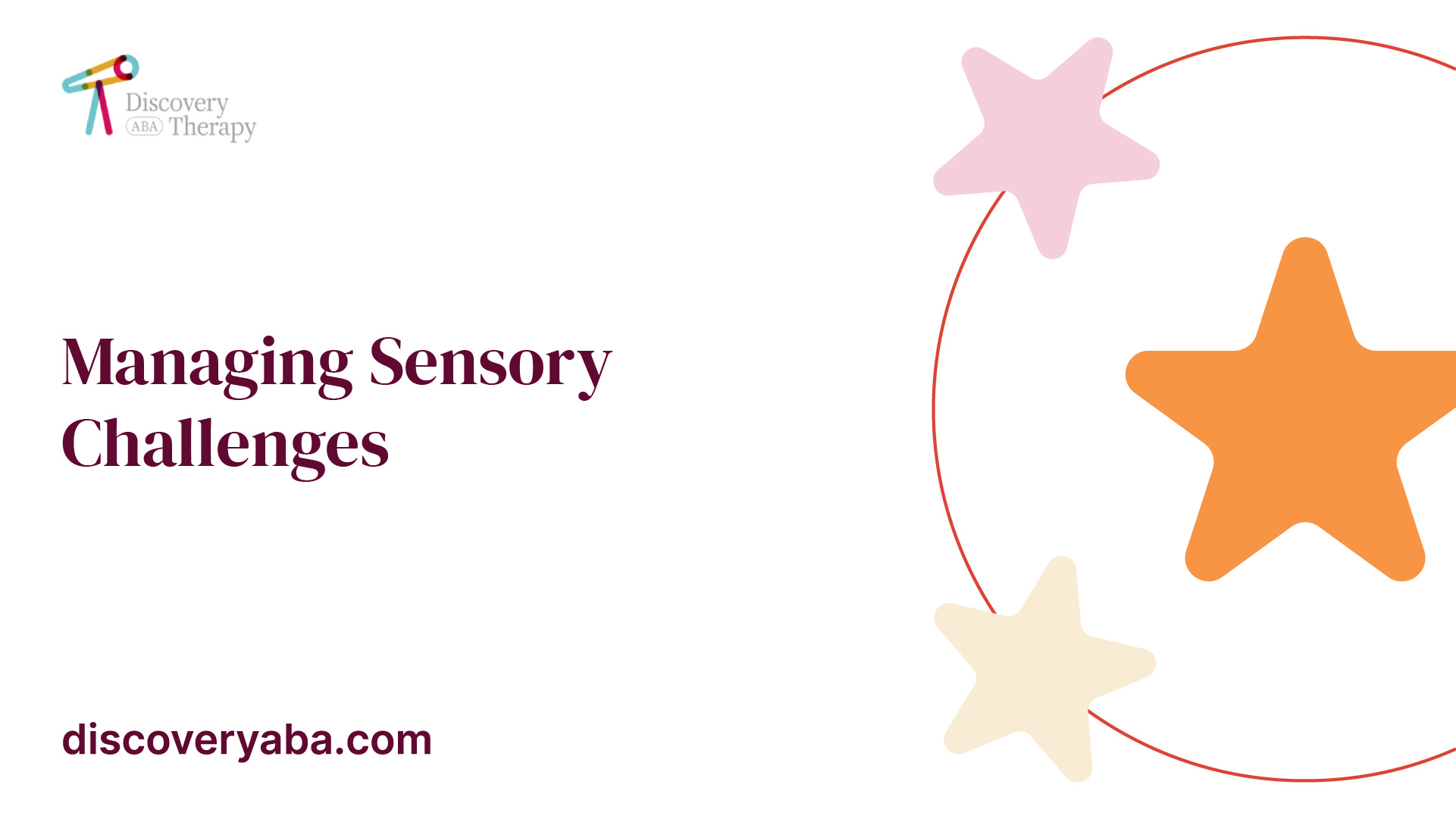
For individuals with autism, managing sensory challenges is essential to ensure a better and more comfortable experience. By implementing coping strategies for sensory overload and providing accommodations for sensory sensitivities, it is possible to create a more supportive environment.
Coping Strategies for Sensory Overload
Sensory overload occurs when intense sensory stimuli overwhelm an individual's ability to cope, leading to feelings of intense anxiety, a need to escape the situation, or difficulty communicating [2]. Here are some coping strategies that can help individuals manage sensory overload:
- Self-regulation techniques: These techniques can include deep breathing exercises, mindfulness practices, and self-calming strategies. Engaging in these techniques can help individuals regain a sense of control and reduce anxiety during overwhelming sensory experiences.
- Sensory breaks: Taking short sensory breaks can provide individuals with a chance to recharge and reduce sensory stimulation. Finding a quiet and calm space or engaging in calming sensory activities, such as listening to soothing music or using stress balls, can be helpful in managing sensory overload.
- Creating a sensory toolkit: Putting together a sensory toolkit with items that provide comfort and help regulate sensory input can be beneficial. This toolkit may include items such as noise-canceling headphones, fidget toys, or weighted blankets, depending on the individual's specific sensory needs.
- Establishing routines: Creating predictable routines and schedules can provide a sense of stability and reduce anxiety associated with unexpected sensory input. Knowing what to expect allows individuals to mentally prepare and better manage their sensory sensitivities.
Accommodations for Sensory Sensitivities
Accommodations play a vital role in addressing sensory sensitivities and creating a more inclusive environment for individuals with autism. By modifying the environment, using tools and strategies, and establishing new habits or routines, individuals can better manage their sensory needs. Some accommodations that can be helpful include:
- Creating a sensory-friendly environment: Modifying the physical environment by reducing excessive noise, providing adequate lighting, and minimizing visual clutter can help minimize sensory overload. Creating a sensory-friendly environment encourages a more comfortable and inclusive space for individuals with sensory sensitivities.
- Using visual supports: Visual supports, such as visual schedules, social stories, and visual cues, can aid in providing structure and predictability. These supports help individuals understand expectations, transitions, and changes in routines, reducing anxiety related to sensory sensitivities.
- Flexible seating arrangements: Offering flexible seating options, such as providing alternative seating or allowing individuals to use sensory-friendly seating tools like stability balls or cushions, can accommodate sensory needs and promote comfort during tasks.
- Access to sensory breaks: Allowing individuals to take sensory breaks when needed can be an effective accommodation. These breaks can provide an opportunity to self-regulate and reduce sensory overload. Designating a quiet space or implementing a calming sensory room can facilitate these breaks.
By implementing coping strategies and accommodations tailored to individual sensory needs, it is possible to alleviate the challenges associated with sensory aversion in autism. These strategies and accommodations can empower individuals to navigate their sensory experiences more effectively and promote a more positive and inclusive environment for everyone involved.
Interventions for Sensory Issues
To address sensory aversion in individuals with autism, various interventions and therapies are available. These interventions aim to provide sensory experiences within adaptive frameworks, improve sensory processing, and enhance individuals' abilities to interact with their environments.
Therapeutic Approaches for Sensory Challenges
Sensory-focused interventions for children with autism spectrum disorder (ASD) involve incorporating sensory experiences to impact outcomes related to adaptive behavior and language [3]. These interventions target aversions, meet sensory needs, and address perceived processing deficits. While the specific interventions may vary, they typically aim to encourage the modulation and integration of information from the environment, promoting adaptive responses to sensory inputs [3].
One widely recognized therapeutic approach is Applied Behavior Analysis (ABA), which is provided by a Board Certified Behavior Analyst. ABA focuses on teaching individuals with autism adaptive skills and reducing challenging behaviors. It can help children with sensory challenges navigate their sensory world, respond to sensory input, and manage their sensory needs effectively [4].
Occupational Therapy for Sensory Needs
Occupational therapy (OT) is another valuable intervention for addressing sensory challenges in individuals with autism. OT focuses on developing strategies that help individuals effectively manage their sensory needs and enhance their overall functioning. Occupational therapists work with individuals to identify sensory triggers, develop coping mechanisms, and improve sensory processing skills.
In occupational therapy sessions, therapists use a variety of techniques to address sensory aversion. These may include creating sensory diets, engaging in sensory integration activities, and recommending specific sensory tools or equipment. The goal is to help individuals with autism better regulate their sensory experiences and participate more fully in daily activities.
It's important to note that therapy options for children with autism who experience sensory challenges may also include speech therapy for challenges related to speech and swallowing. The choice of intervention depends on individual needs and the recommendations of healthcare professionals.
By utilizing therapeutic approaches such as Applied Behavior Analysis and occupational therapy, individuals with autism can receive targeted support to address their sensory challenges. These interventions, provided by trained professionals, are designed to enhance adaptive skills, improve sensory processing, and promote overall well-being.
Addressing Specific Sensory Needs
Autistic individuals often experience sensory sensitivities that can significantly impact their daily lives. Two common sensory challenges in autism are visual sensitivities and auditory sensitivities. Understanding these specific sensory needs and implementing appropriate strategies can help create a more comfortable and supportive environment for individuals on the autism spectrum.
Visual Sensitivities and Strategies
Visual sensitivities in autism can manifest as either under-sensitivity or over-sensitivity to visual stimuli. Some individuals may experience objects appearing dark or have poor depth perception, while others may struggle with distorted vision or be sensitive to light, which can disrupt their sleep patterns. To address these visual sensitivities, it is important to create a sensory-friendly environment that accommodates individual needs.
- Reduce fluorescent lighting: Fluorescent lighting can be particularly bothersome for individuals with visual sensitivities. Consider utilizing natural lighting or using alternative lighting sources that are less harsh.
- Provide sunglasses: Sunglasses can help mitigate the impact of bright lights and glare, making it more comfortable for individuals with visual sensitivities to navigate their surroundings.
- Create a workstation with high walls: High walls around a workstation can help block out distractions and excessive visual stimuli, allowing individuals to focus on their tasks more effectively.
By implementing these strategies, individuals with visual sensitivities can better manage their sensory challenges and feel more at ease in their environment.
Auditory Sensitivities and Coping Mechanisms
Auditory sensitivities are another common sensory challenge experienced by individuals with autism. These sensitivities can range from under-sensitivity, such as partial hearing in one ear or enjoyment of crowded places, to over-sensitivity, including magnified noise or difficulty concentrating due to background noise. Implementing coping mechanisms and environmental adjustments can greatly assist in managing auditory sensitivities.
- Use visual supports: Visual supports, such as visual schedules or social stories, can help individuals with auditory sensitivities understand and navigate their environment. These visual cues provide a clear and predictable structure, reducing anxiety and aiding in information processing.
- Provide earplugs: Earplugs can offer individuals with auditory sensitivities a way to reduce the impact of loud or overwhelming sounds. By wearing earplugs, they can create a more comfortable auditory experience.
- Create a quiet workstation: Designating a quiet area or workstation can provide a retreat from noisy environments. This space should be free from excessive auditory stimuli, allowing individuals to focus and concentrate without distractions.
By incorporating these coping mechanisms and adjustments, individuals with auditory sensitivities can better manage their sensory challenges and engage more comfortably with their surroundings. For additional information on creating a sensory-friendly environment, refer to our article on creating a sensory-friendly environment.
Addressing and accommodating specific sensory needs, such as visual sensitivities and auditory sensitivities, is crucial in promoting a better autistic experience. By understanding and implementing strategies tailored to individual sensory challenges, we can create environments that support and empower individuals on the autism spectrum.
Support for Individuals with Autism
When it comes to addressing sensory aversion in autism, support and understanding play vital roles in creating a better experience for individuals. This section focuses on self-advocacy for sensory needs and provides resources for sensory empowerment.
Self-Advocacy for Sensory Needs
Autistic individuals have the right to ask for reasonable accommodations at work and school, and self-advocacy for sensory needs is crucial. This involves learning about one's needs, making changes to the environment, trying new tools or strategies, and working with employers and support teams to get those needs met. By actively participating in their own advocacy, individuals with autism can have a significant impact on their sensory experiences and overall well-being.
Resources like the Self-Empowerment Roadmap and the Employment Tool Kit can aid in understanding and addressing sensory issues in various settings. These resources provide guidance on how to effectively communicate sensory needs, navigate workplace accommodations, and advocate for oneself. By utilizing these tools, individuals with autism can gain the confidence and knowledge needed to advocate for their sensory needs and create more inclusive environments.
Read more about: Join the Most Powerful Autism Support Groups for Parents
Resources for Sensory Empowerment
Understanding and accommodating sensory issues can ease discomfort and increase opportunities for autistic individuals to learn, socialize, communicate, and participate in the community. There are various resources available that can provide valuable information and support in addressing sensory aversion.
- Autism Speaks offers comprehensive information on sensory issues and provides resources to help individuals and their support networks better understand and manage sensory challenges.
- The National Autistic Society provides insights into sensory differences experienced by autistic individuals. Their resources cover a wide range of sensory sensitivities, including sight, sound, smell, taste, touch, balance, and body awareness.
By utilizing these resources, individuals with autism and their families can gain a deeper understanding of sensory aversion and explore strategies for addressing it. These resources can also provide guidance on creating a sensory-friendly environment, managing sensory overload, and addressing sensory-seeking behaviors. For additional support and guidance, consider consulting with healthcare professionals, occupational therapists, or autism support organizations who specialize in sensory issues.
By promoting self-advocacy and providing access to resources, the aim is to empower individuals with autism to take control of their sensory experiences, enhance their quality of life, and promote inclusivity in various environments.
Read more about: Community Awareness and Autism
References
Find More Articles
Contact us
North Carolina, Tennessee, Nevada, New Jersey, Utah, Virginia
New Hampshire, Maine
Massachusetts, Indiana, Arizona, Georgia
.avif)





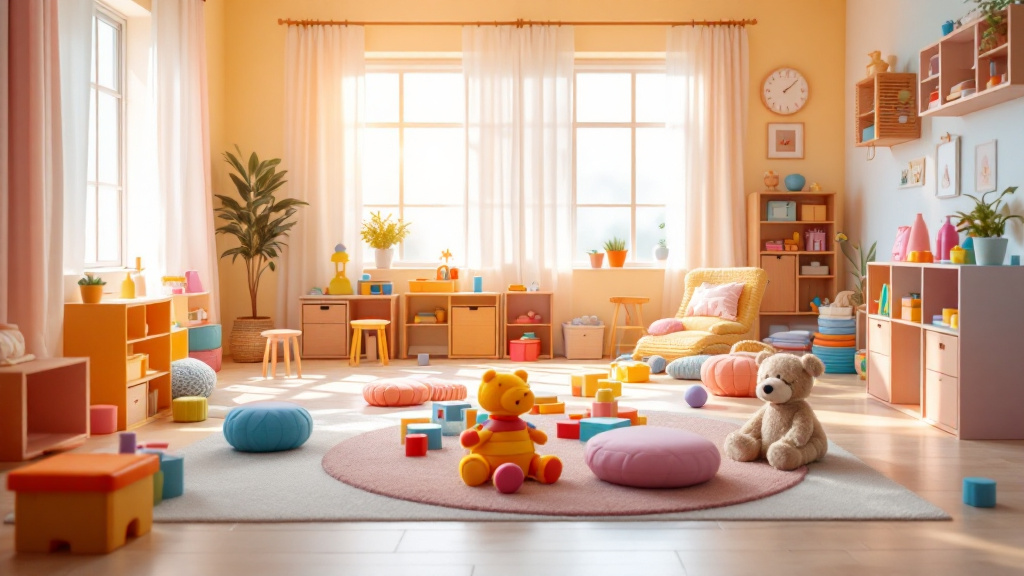

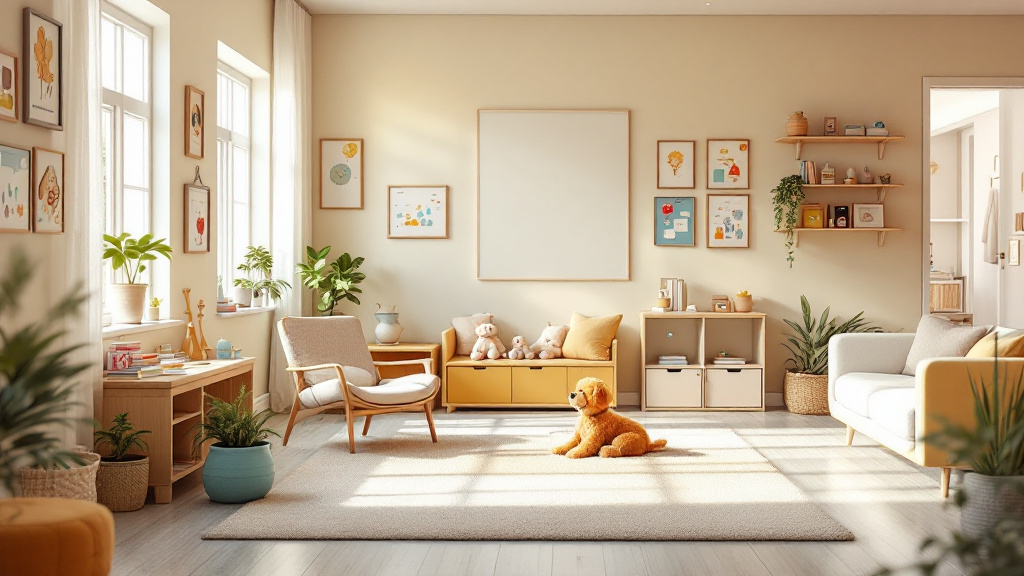

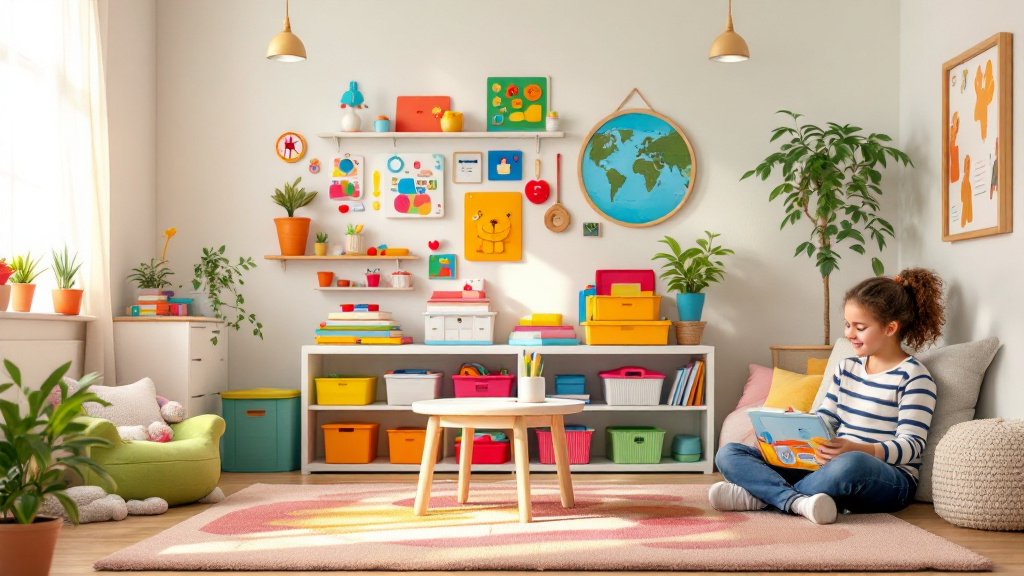
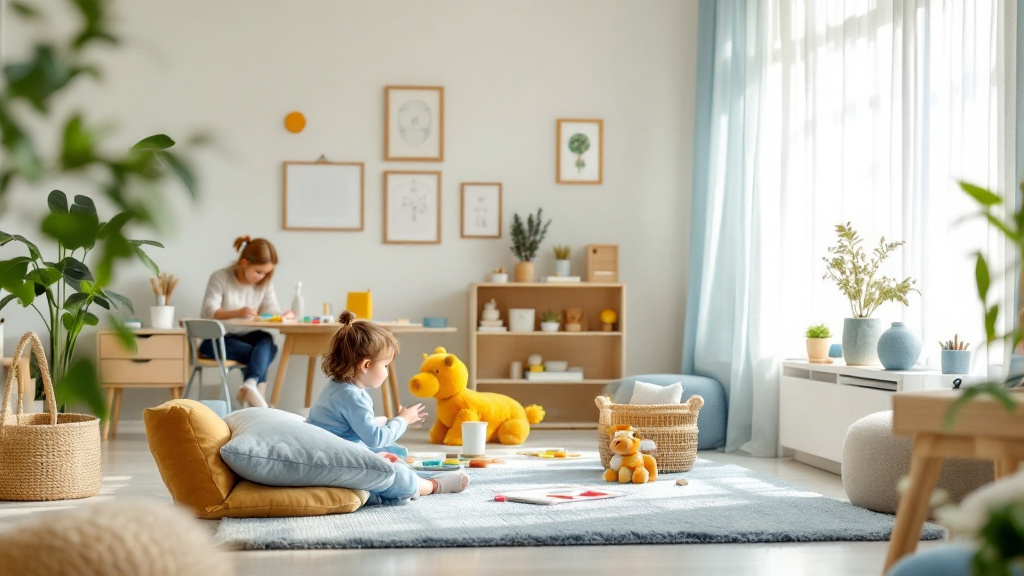



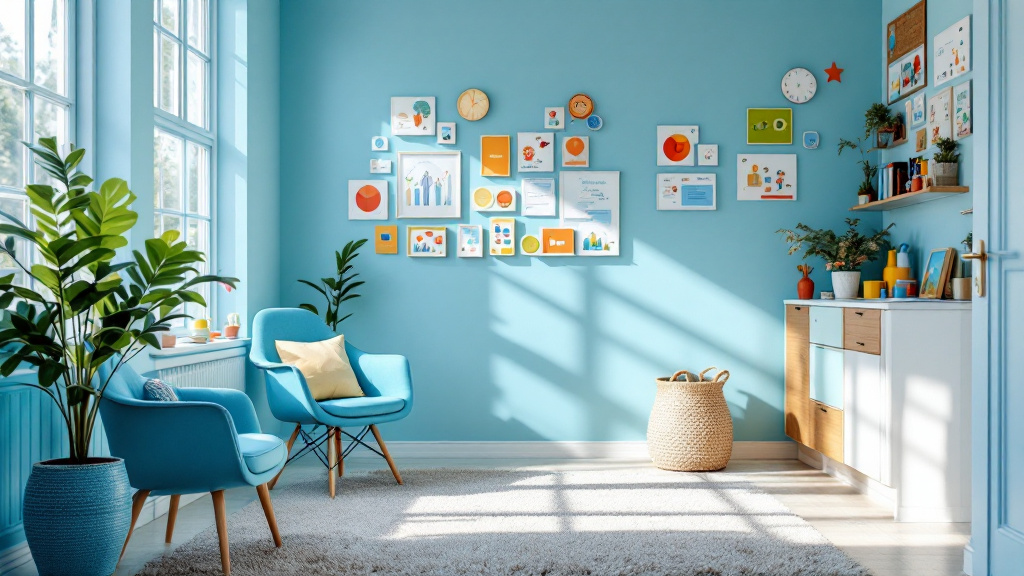


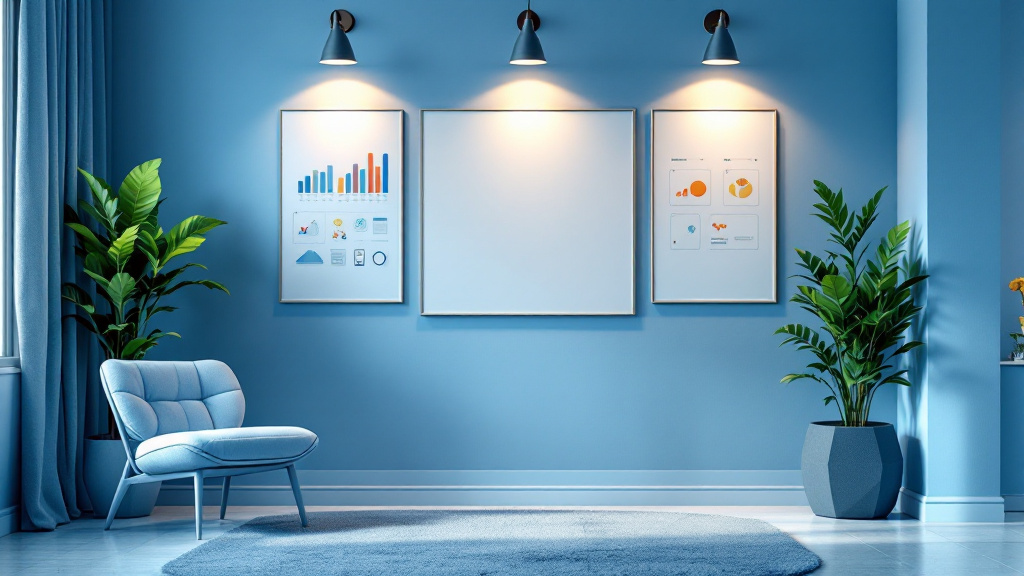










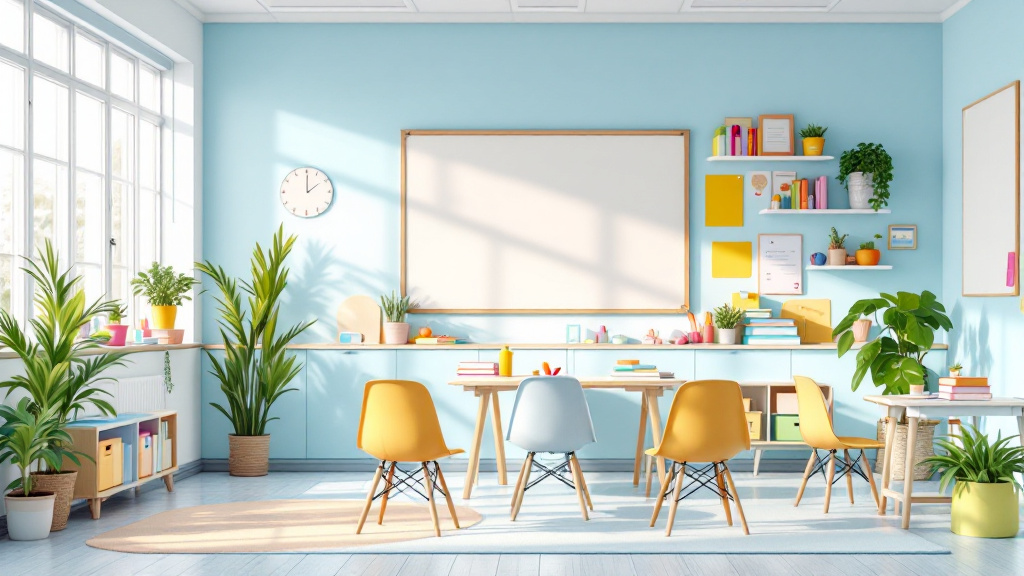


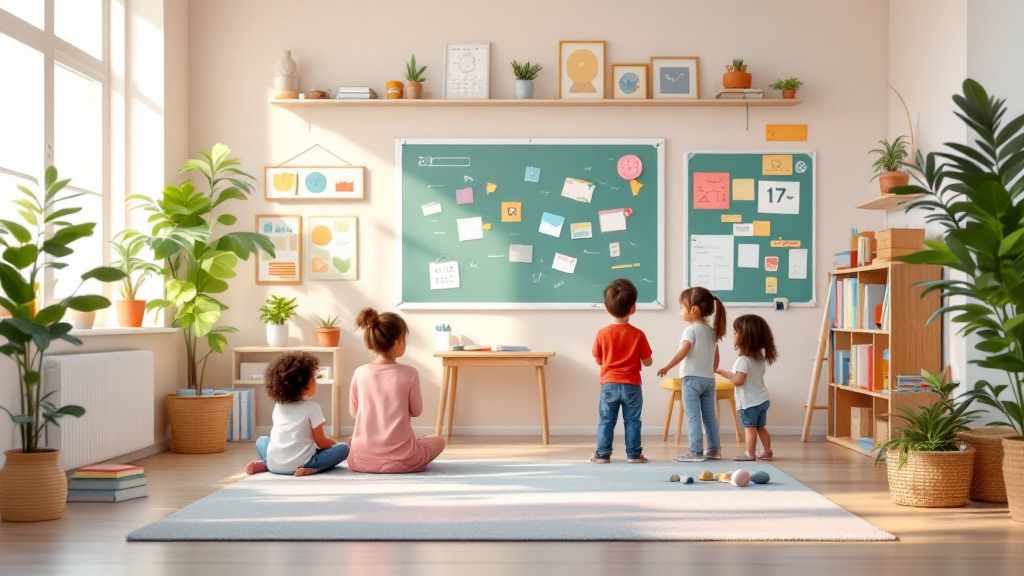






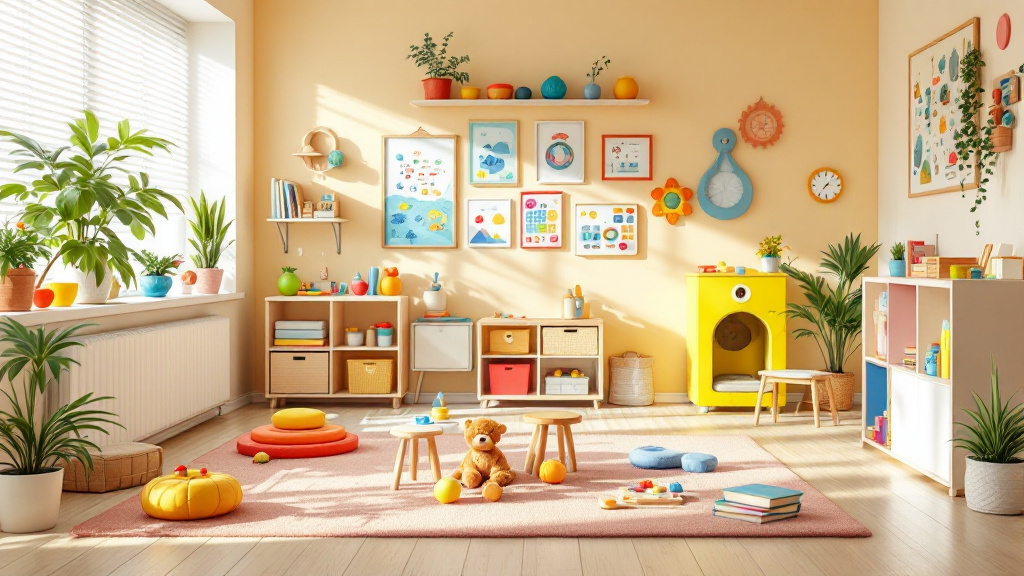



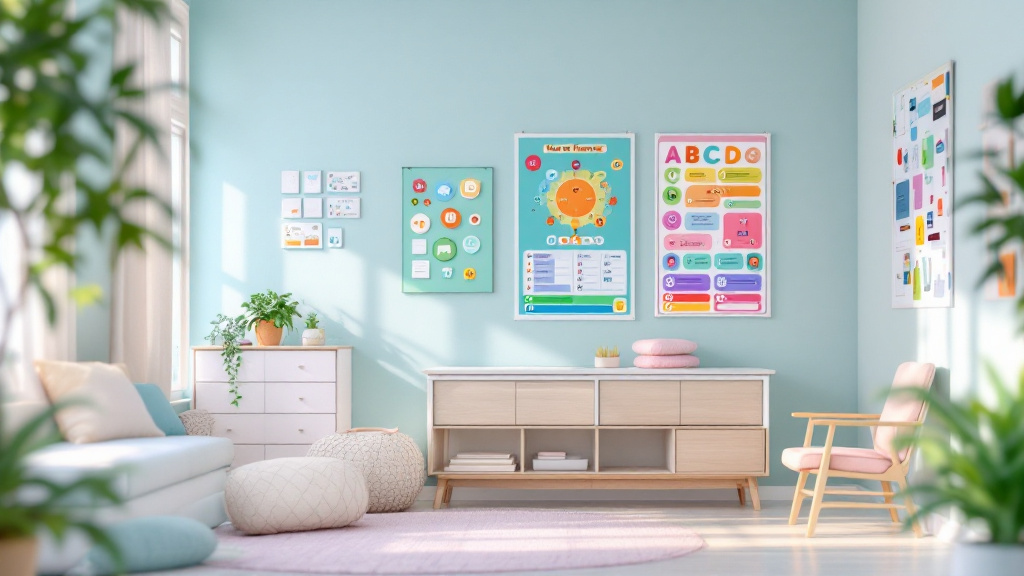
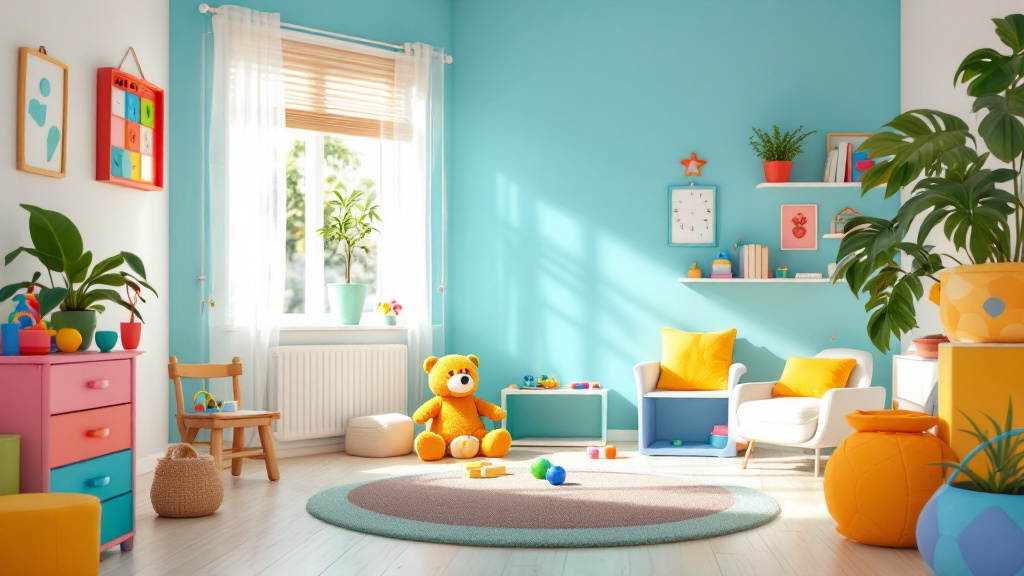
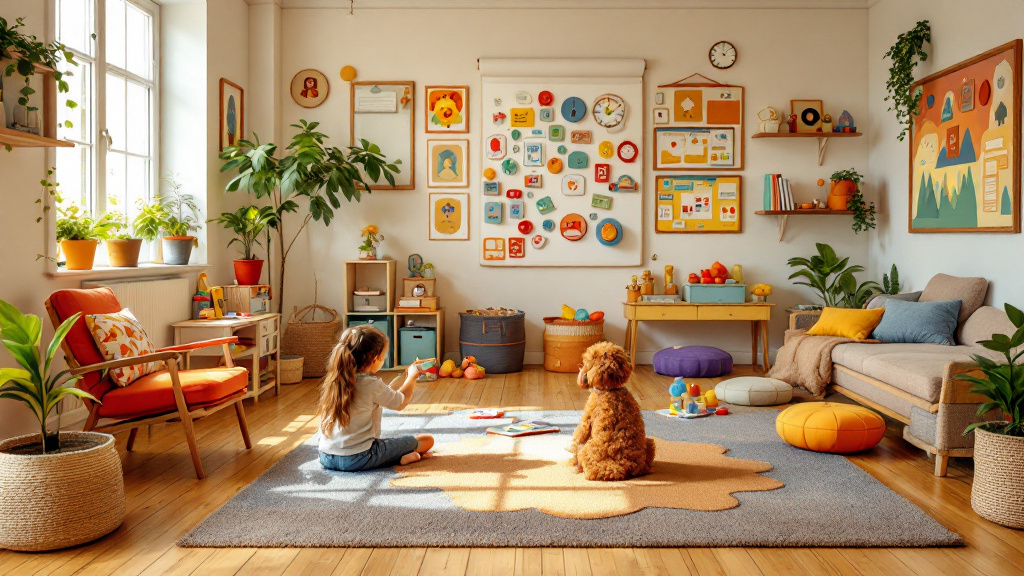
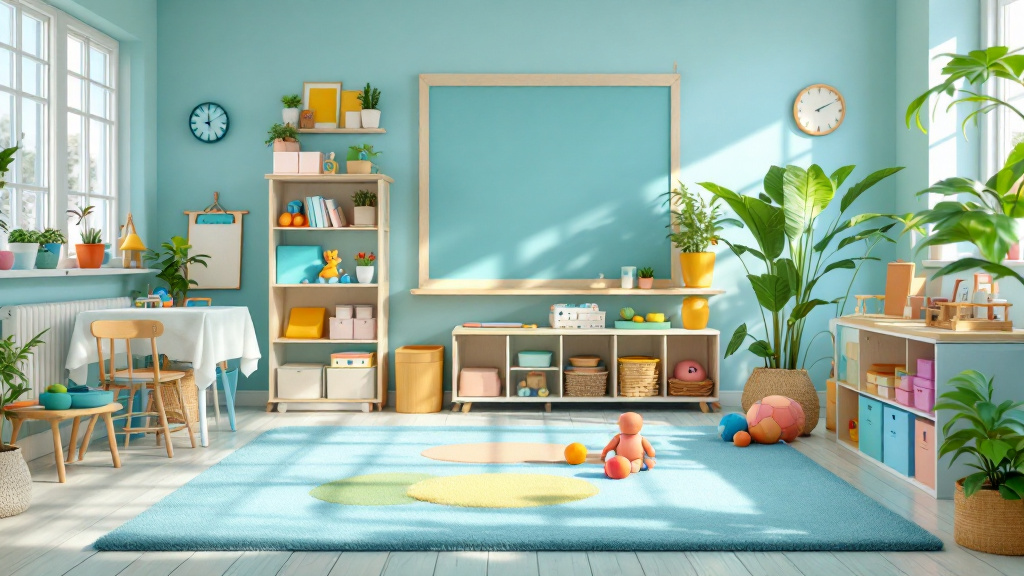












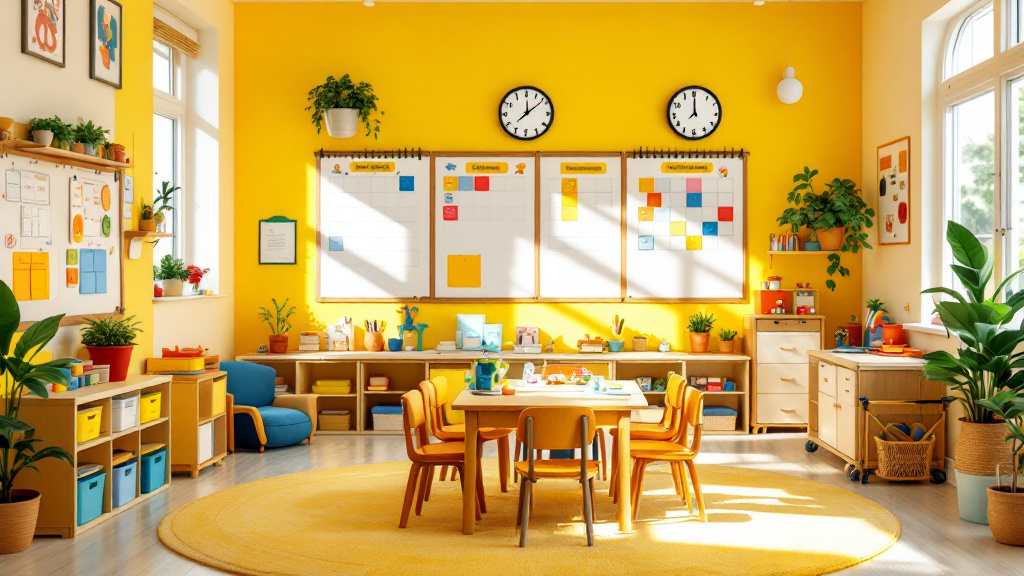


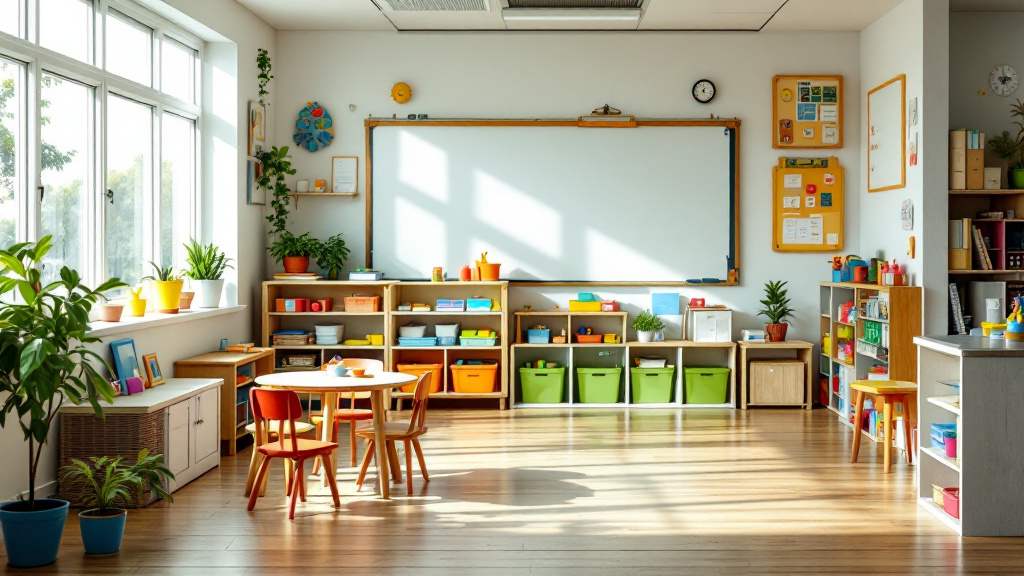
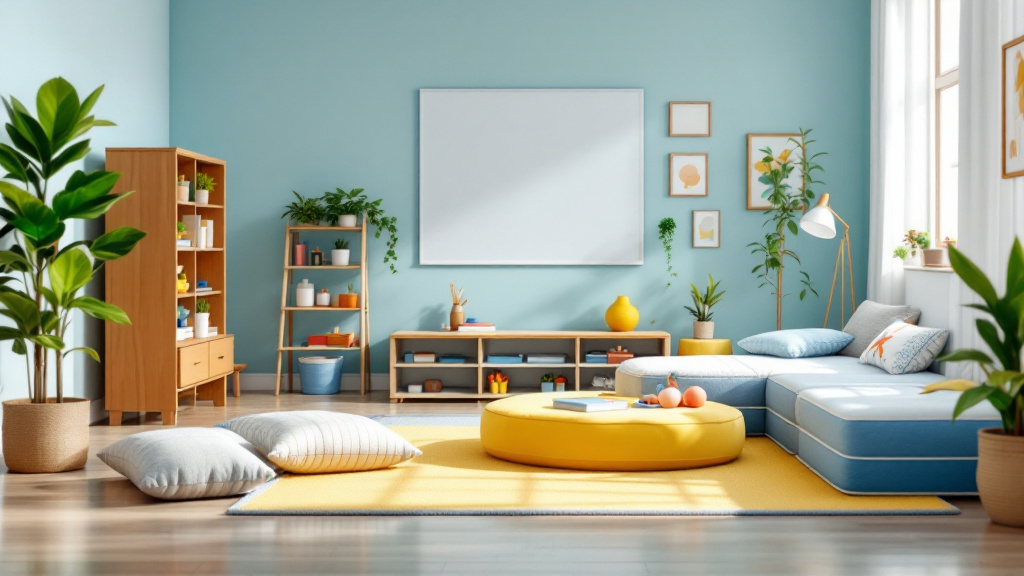







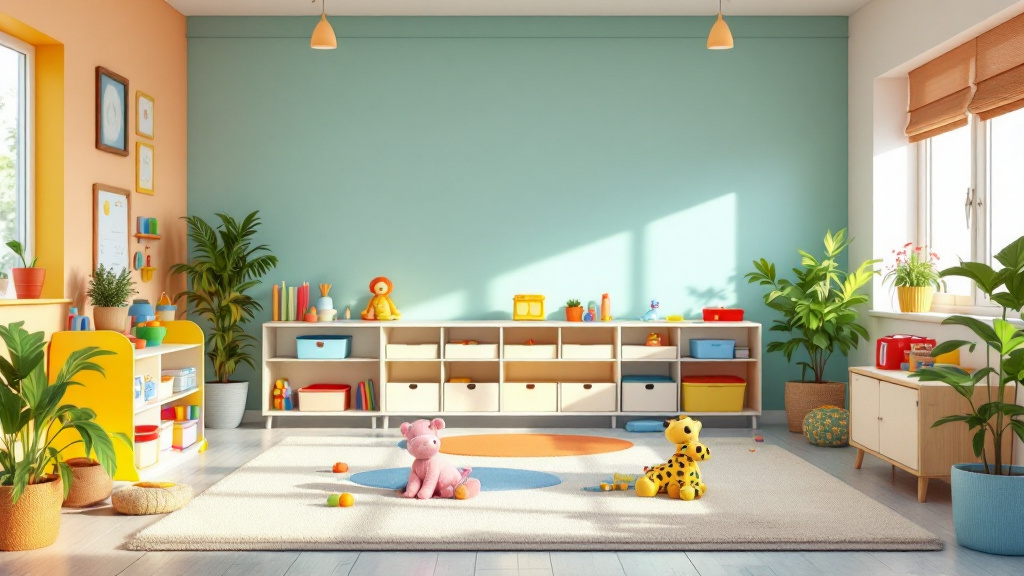
%2520(1).jpeg)



